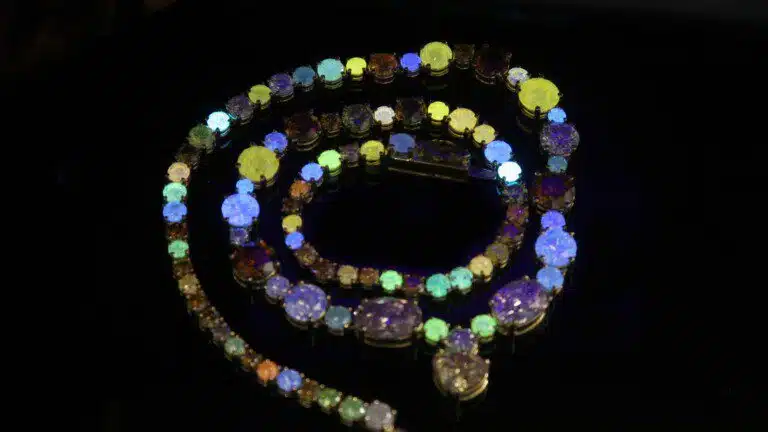MMtwo
Ideal_Rock
- Joined
- Sep 20, 2009
- Messages
- 5,057
I happened to be drawn into a discussion and another spot in the Internet. There seems to be consensus there that fluorescence is common in lab diamonds. How I understand it is that a blue fluorescence in a diamond is usually a hallmark of natural. Have I lost my mind?
According to Steven Rees, Executive Director, IGI North America Grading Laboratory:
We see fluorescence in about 10 percent or less of lab grown stones. The majority of those that have any are CVD (Carbon Vapor Deposition) grown, and tend to emit very slight yellow fluorescence. Only about one percent or less of HPHT (High Pressure High Temperature) produced stones emit fluorescence. When present it tends to be slightly orange.

those folks are definitely wrong. Fluor is super rare in lab diamonds. I wonder why they thought that???Thank you, Gentlemen. How puzzling that such a large group of folks argued that the fluorescence was common in lab diamonds. On clear diamonds, I had always believed a UV light was a rather reliable way to screen for natural diamonds, especially with a group of melee shining different levels of blue. The colored diamonds may fluoresce, but not the clear non-colored labs. Given the amount of diamonds you touch, your input is very appreciated.
Interesting…..
Has anyone seen an IGI report on a colorless lab diamond indicating fl??
10% sounds generous. If it is the case we’d see reports
Awesome work guys!
@freddyboston
I should have realized I can check this myself.
I did a search for Lab D-Z stones- with no other parameters and got 1,210,838 results.
Add in all levels of fluorescence?
546 results.
Then, looking over the results, about half were actually pinks which were miscatagorized as D-Z
The 10% figure is a bit optimistic, to say the least......